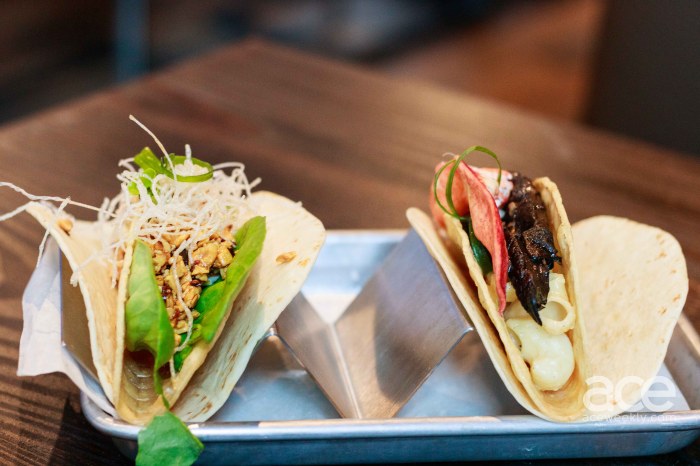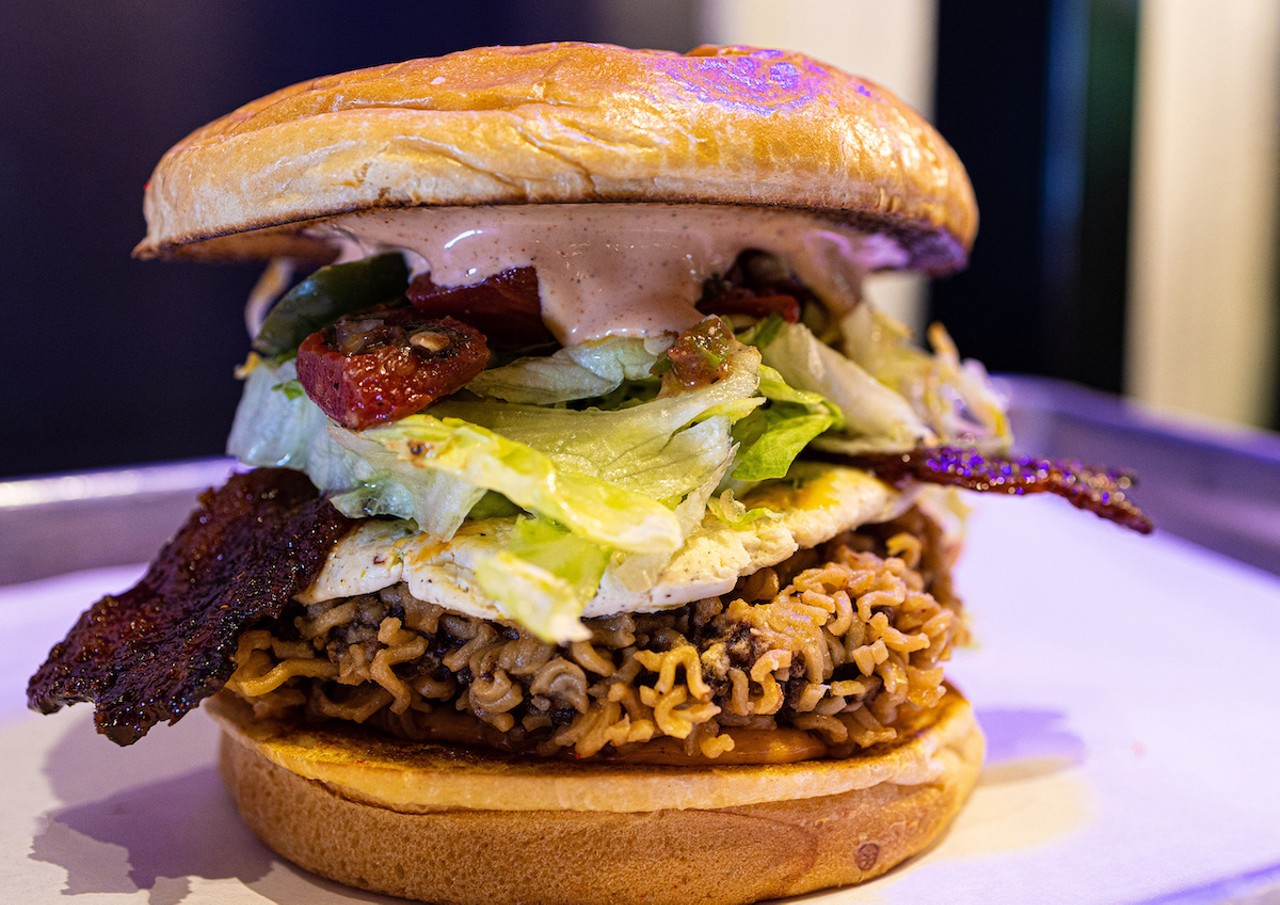Indulge in the tantalizing flavors of cowboy candy agave and rye, a delectable blend of sweet, spicy, and savory that has captivated palates for centuries. From its historical origins to its modern culinary interpretations, this treat embodies the spirit of the American West and continues to delight taste buds today.
Historical Origins

Cowboy candy, a delectable treat with a rich history, has its roots deeply embedded in the American West. It emerged as a staple sustenance for cowboys during the arduous cattle drives of the 19th century.
Agave, a succulent plant native to Mexico, provided the sweet nectar used in cowboy candy. Cowboys would harvest the sap from the agave plant and boil it down to create a thick syrup. This syrup, known as agave nectar, became an essential ingredient in cowboy candy, adding a distinctive sweetness and depth of flavor.
Origins of Rye
Rye, a cereal grain with a robust flavor, also played a significant role in the creation of cowboy candy. Cowboys would often mix rye flour with agave nectar, creating a dough that could be rolled out and cut into bite-sized pieces.
These pieces were then fried until golden brown, resulting in a crispy exterior and a chewy, flavorful interior.
Cultural Impact
Cowboy candy became a beloved treat among cowboys, providing them with a sweet and energy-rich snack during their long and challenging journeys. Its popularity extended beyond the cattle drives, becoming a staple dessert in many Western households and a symbol of the American frontier spirit.
Flavor Profile and Ingredients

Cowboy candy is a delectable treat characterized by its unique blend of sweet, spicy, and savory flavors. It boasts a distinct aroma and a complex taste profile that tantalizes the palate.
The key ingredients in cowboy candy include:
- Jalapeños: These peppers provide a spicy kick and a vibrant red hue to the candy.
- Serrano peppers: Known for their intense heat, these peppers add an extra layer of spiciness.
- Sugar: A generous amount of sugar creates a sweet balance to the heat.
- Vinegar: White or apple cider vinegar adds acidity and enhances the overall flavor.
- Garlic: Fresh garlic cloves infuse the candy with a savory depth.
- Onions: Chopped onions add a touch of sweetness and texture.
The combination of these ingredients creates a harmonious balance of flavors, making cowboy candy a truly captivating treat.
Preparation and Variations

Preparing cowboy candy is a simple process that can be completed in a few hours. First, gather your ingredients: sugar, corn syrup, water, vinegar, salt, cayenne pepper, and your chosen fruit (such as jalapeños, peaches, or pineapple). Then, follow these steps:
- Combine the sugar, corn syrup, water, vinegar, salt, and cayenne pepper in a large pot.
- Bring the mixture to a boil over medium heat, stirring constantly.
- Reduce heat to low and simmer for 15 minutes, or until the mixture has thickened.
- Add the fruit to the pot and cook for an additional 15 minutes, or until the fruit is softened.
- Remove the pot from the heat and let it cool slightly before pouring the cowboy candy into jars.
Cowboy candy can be enjoyed as a condiment, a spread, or a topping. It can also be used in a variety of recipes, such as tacos, burritos, and salads.
There are many different variations of cowboy candy, each with its own unique flavor profile. Some common variations include:
| Variation | Ingredients | Cooking Method |
|---|---|---|
| Jalapeño Cowboy Candy | Jalapeños, sugar, corn syrup, water, vinegar, salt, cayenne pepper | Simmered in a pot until thickened |
| Peach Cowboy Candy | Peaches, sugar, corn syrup, water, vinegar, salt, cayenne pepper | Simmered in a pot until thickened |
| Pineapple Cowboy Candy | Pineapple, sugar, corn syrup, water, vinegar, salt, cayenne pepper | Simmered in a pot until thickened |
The different ingredients and cooking methods used in each variation of cowboy candy will affect the final flavor of the product. For example, jalapeño cowboy candy will have a spicy flavor, while peach cowboy candy will have a sweet and tangy flavor.
Pineapple cowboy candy will have a sweet and tropical flavor.
Culinary Applications

Cowboy candy, with its vibrant flavors and versatility, offers a tantalizing ingredient to elevate various culinary creations. Its sweet and tangy notes seamlessly complement meats, vegetables, and desserts, adding a delightful complexity to dishes.
As a Marinade or Glaze for Meats
Cowboy candy’s combination of spices and sugars creates an exceptional marinade or glaze for meats. Brush it over grilled chicken, pork chops, or ribs before cooking, or simmer it with braised meats to infuse them with a delectable flavor.
Accompaniment for Roasted Vegetables
Toss roasted vegetables such as carrots, parsnips, or Brussels sprouts with cowboy candy to create a sweet and savory side dish. The candy’s natural sugars will caramelize, enhancing the vegetables’ flavors while adding a touch of spice.
Topping for Desserts
Cowboy candy can transform simple desserts into culinary masterpieces. Sprinkle it over ice cream, yogurt, or pancakes for a burst of sweetness and texture. Its tangy notes pair particularly well with rich desserts like chocolate mousse or cheesecake.
Condiment or Ingredient in Sauces, Cowboy candy agave and rye
Cowboy candy’s versatility extends to its use as a condiment or ingredient in sauces. Stir it into barbecue sauce for a smoky and sweet twist, or add it to dressings for a tangy and flavorful vinaigrette.
Health and Nutritional Benefits: Cowboy Candy Agave And Rye

Consuming cowboy candy in moderation can provide certain health benefits due to the presence of agave and rye.
Cowboy candy agave and rye is a tantalizing treat that combines the sweet heat of cowboy candy with the spicy bite of rye. It’s a perfect blend of flavors that will leave you craving more. For more culinary inspiration, check out this piece from book wow guru that will tantalize your taste buds and leave you hungry for more cowboy candy agave and rye.
Agave is a natural sweetener derived from the agave plant. It contains a low glycemic index, which means it releases sugar slowly into the bloodstream, helping to regulate blood sugar levels. Additionally, agave is a good source of dietary fiber, which can aid in digestion and promote satiety.
Rye is a type of grain that is rich in fiber, vitamins, and minerals. It is a good source of antioxidants, which can help protect cells from damage. Rye also contains compounds that may help lower cholesterol levels and reduce the risk of heart disease.
Nutritional Value
The following table provides the calorie content and nutritional information for a 1-ounce serving of cowboy candy:
| Nutrient | Amount |
|---|---|
| Calories | 120 |
| Fat | 0g |
| Sodium | 0mg |
| Carbohydrates | 30g |
| Fiber | 1g |
| Sugar | 25g |
| Protein | 0g |
Cultural Significance and Modern Interpretations

Cowboy candy has become a beloved treat in contemporary society, transcending its origins as a cowboy staple. Its sweet and tangy flavor, coupled with its versatility, has made it a popular snack and dessert ingredient.Cowboy candy has evolved over time to reflect modern tastes and trends.
Chefs and home cooks alike are experimenting with different ingredients and techniques to create innovative and creative interpretations of this classic treat.
One notable modern interpretation is the use of different fruits in cowboy candy. While traditional cowboy candy is made with jalapeños, some chefs are incorporating other fruits, such as peaches, apricots, or mangoes, to create unique flavor combinations.Another innovative interpretation is the addition of spices and herbs to the candy.
Chefs are experimenting with the use of spices like cinnamon, nutmeg, or star anise to add depth and complexity to the flavor profile.
FAQ Overview
What is the origin of cowboy candy?
Cowboy candy originated in the American West, where cowboys would often make it over campfires as a sweet treat.
What are the main ingredients in cowboy candy?
The main ingredients in cowboy candy are agave, rye, sugar, and spices.
What is the flavor profile of cowboy candy?
Cowboy candy has a unique flavor profile that is sweet, spicy, and savory, with a hint of smokiness.
How can I use cowboy candy in cooking?
Cowboy candy can be used as a condiment for meats, vegetables, and desserts, or as an ingredient in sauces and marinades.
Are there any health benefits to eating cowboy candy?
Cowboy candy is made with natural ingredients and contains some antioxidants, but it should be consumed in moderation due to its high sugar content.